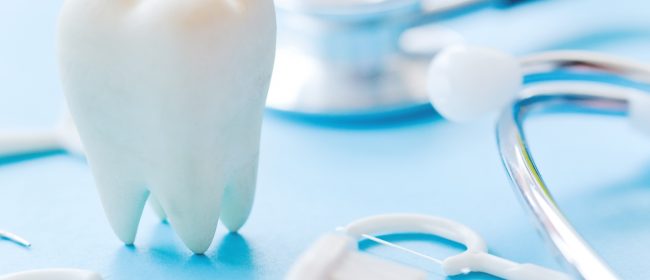Over time your teeth can take quite a lot of wear and tear, this then manifests itself in cracks, chips, and in some cases, an entire tooth becoming dislodged or lost, either from damage or disease. The gaps left behind can not only make you feel less than confident about your smile, but can also lead to a number of oral health problems.
Here’s a brief outline of why some patients are opting for dental implants in St John’s Wood to fill those gaps in their smile.
What is an implant?
Basically, an implant involves inserting a new prosthetic tooth into the gaps in your gum line to strengthen your remaining teeth and replace what was lost with a sturdy substitute.
These new replacements are normally made from a porcelain or ceramic material that allows them to be strong, but also easy to clean. This composition of a new tooth also allows it to be easily shaped and shaded to match its new neighbours, and allows your dentist to provide you with a natural looking substitute to the one you lost.
What is the fitting process like?

The fitting of the new tooth is also pretty simple, which is another big selling point for patients, as it doesn’t involve any overly complicated treatments that require a lot of downtime between sessions in the practice.
The new tooth is attached to a titanium screw that’s sterilised first to ensure no bacteria is transferred to your gums, then through minor surgery it’s inserted into its new home. The tooth is attached via the screw into your jawbone underneath your gum line, then over time the bone should naturally start to heal back over the screw to secure it in place. This then provides a strong and stable platform for it to rest on as it takes on its new role of supporting your remaining teeth.
Will it be painful?
One of the most common questions asked by patients about any impending treatment is if there will be any discomfort or pain involved during the procedure. With implants there is normally some minor surgery involved, so there may be some mild discomfort felt.
However, your dentist usually applies a local anaesthetic to the area first, to numb the gums and try to limit the amount of pain that you might feel, to make the procedure a little easier to handle.
How to keep your implant healthy
Once the implant has been fitted the top priority of any patient afterwards should be to keep the implant clean and healthy, as your gums go about the healing process. Failure to do so can lead to the implant site becoming inflamed and infected or worse, bacteria could spread to the surrounding teeth and gums, putting them at risk as well.
To keep the implant clean just lightly brush it as you normally would any other tooth, use floss sparingly and steer clear of mouthwash for a short while, as the chemicals in some brands can cause irritation of the gums.
Hopefully this has helped to clear up a few things about the implant process and how a dentist can use it to strengthen and restore that lost smile. If you would like to learn more about this technique or how it could potentially benefit you, contact your dentist.
